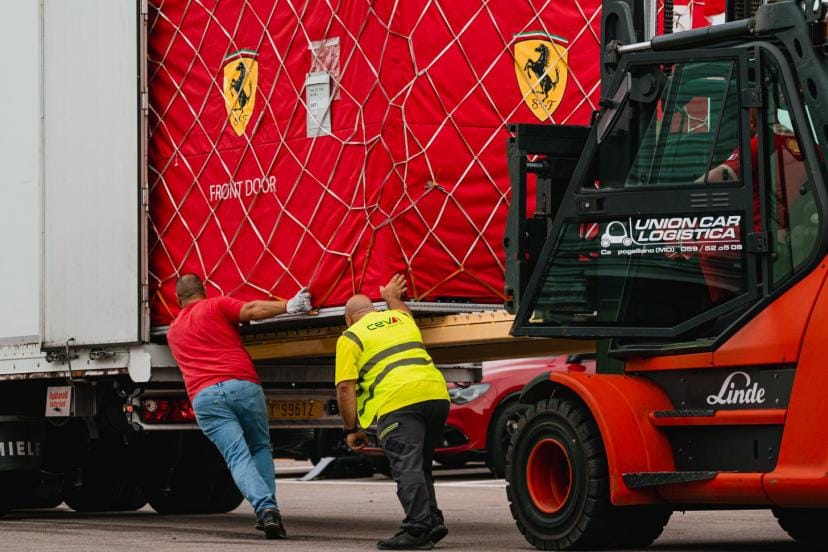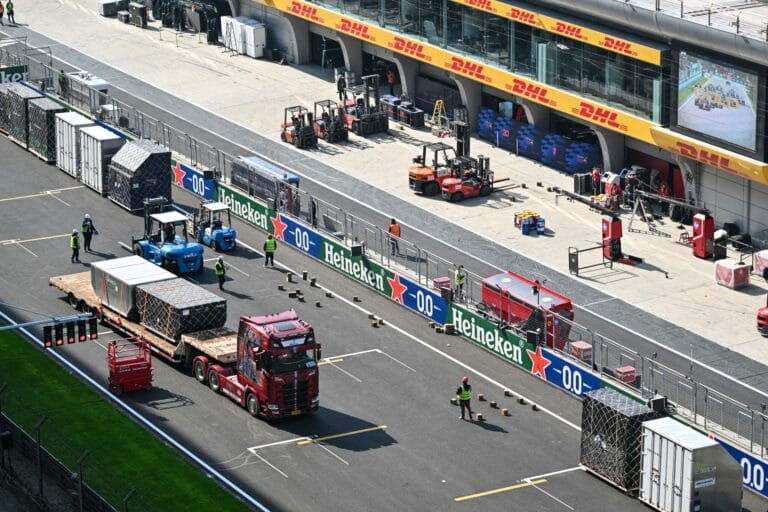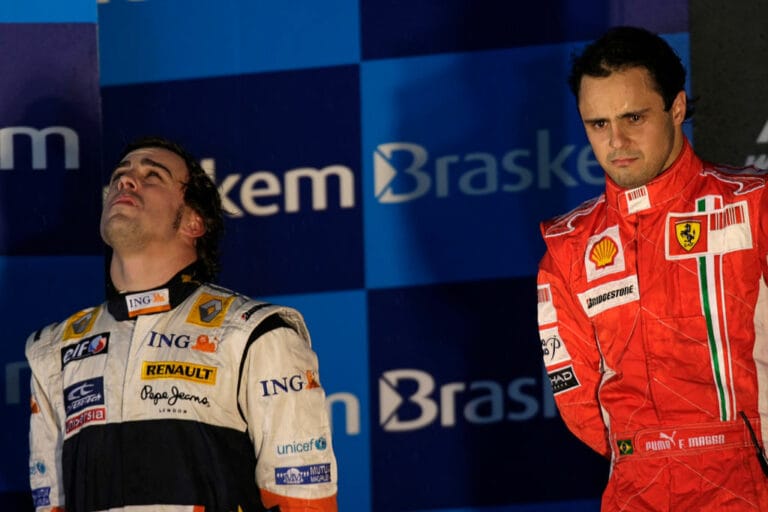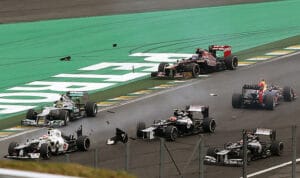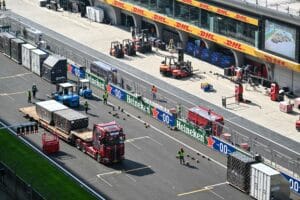Formula 1 is known for its improbable continental migrations, much like others take the subway. However, the journey from Australia to China is not a walk in the park for the cars or the teams. This article delves into these unique journeys.
On Grand Prix Sundays, regardless of the location, the spectacle is the same. Order and elegance give way to chaos and fury. It’s time for the big pack-up. A fierce flurry where the ten teams rush to dismantle, pack, and store everything. The beautiful paddock disappears within a few hours, ending up in the holds of a ship or the cargo hold of an airplane. Or, in Europe, in the trailers of monstrous trucks that crisscross our continent when Formula 1 deigns to return.
Every Sunday, when the checkered flag is lowered, the cars are inspected in the parc fermé by the FIA’s technical commissioners and then returned to the teams. “Since we had a long journey ahead,” says Rob Cherry, head of logistics at Alpine, “the guys were nice and returned the cars to us earlier.”
So, after about an hour, the mechanics begin to dismantle the single-seaters. Everything must be separated: the gearbox, the engine, the aero appendages. Only the survival cell remains. They spend about two hours doing the job. Then everything must be stored. And it must be done carefully in the designated crates. On these crazy Grand Prix Sundays, you have probably noticed these huge crates with their strange parallelepiped shapes.
Through a drawing, Sergio Bossi, who has been managing this logistics file for Ferrari for years, explains why some of these boxes are oblong at the top (the small ones) or at the bottom (the large ones). It’s all about optimizing space in the tube of a cargo plane. The large ones go in the lower hold and have corners at the bottom to fit into the bottom of the fuselage. The smaller ones are placed at the top to best fit the upper roundness of the plane.
Each team designs and customizes its boxes to most efficiently store its cars, tools, engines. Because everything has a cost. Ferrari, a team but also an engine supplier that provides two teams (Haas and Sauber), sends 50 tons of freight every race weekend via the charters that F1 charters. Alpine, which only takes care of itself, has “only” 34.
The mechanics therefore spent two hours dismantling, then two hours storing, and finally two hours loading. It was midnight when the trucks left Melbourne’s Albert Park for Avalon Airport, on the other side of the bay, about sixty kilometers from the circuit compared to twenty for Tullamarine from where the passengers take off.
From the mechanics to the mill and the oven
This substantial cargo was supposed to arrive in China on Tuesday morning. However, the destination was different from that of the passengers as cargo planes land at Hongqiao, much closer to the Jiading circuit than Pudong. For some teams, everything went smoothly. For others (McLaren, Red Bull, Mercedes, and Aston Martin), however, they had to wait. Their crates were only delivered on Wednesday, a full day late. And it wasn’t due to customs issues.
“In 2014, I remember in Sochi (Russia), they made us count all the coffee capsules. One by one…”, explains Bossi. And since the count did not match the manifests, Ferrari had to pay a fine. The other teams also, but for different reasons. “It was clear they wanted to catch us on something”, confirms his colleague from Alpine.
The teams have three levels of priority when it comes to sending their parts by plane. “I’m going to surprise you,” details Cherry, “but for us, the car is not the number one priority. Why? Because everything else needs to be set up before the car can be rebuilt.”
This time, everything has to be taken out of the boxes and rebuilt by the garage personnel, who have already set everything up thanks to the sea freight. “I could tell you that it’s done easily,” concludes a very philosophical Bossi. “Yes, the car is assembled. But it’s far from ready…”
Reassembling the Single-Seater, Checking the Electronics, and Powering the Engine
It was following Timo Glock’s accident at the Chinese GP in 2011 that curfews were introduced to allow the unfortunate mechanics some sleep. The employees of Marussia, exhausted, had just worked 36 consecutive hours and had poorly attached the front wing which had detached.
But the mechanics do more than just assemble. They have to get the single-seater back in shape, ensure that the electronics are properly wired, that the engine is well powered, and that the car is legal down to the micron, to pass under the strict checks of the FIA. In the past, the mechanics used templates in the closed park garage to check everything. Now, a camera comes to inspect their work.
On Sunday evening, the grand circus will resume. Despite the two weeks of work, the teams will work peacefully in the vast Shanghai paddock. And they will follow their cars back to the factory. This time, two destinations are scheduled: London for the English stables and Milan for the European ones (Ferrari, Racing Bulls, and Sauber). And everything will start again… in a week… for Japan.


